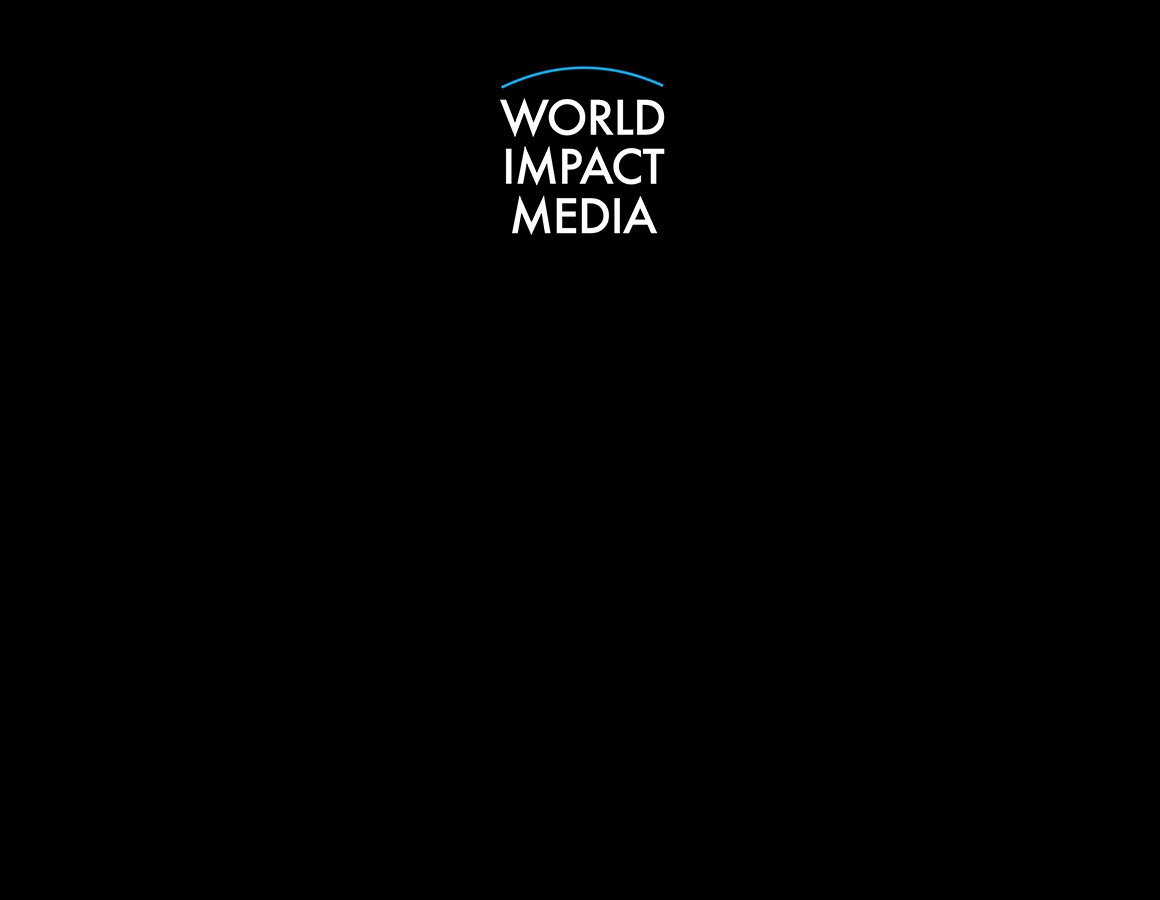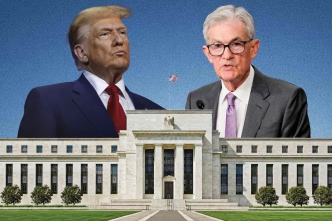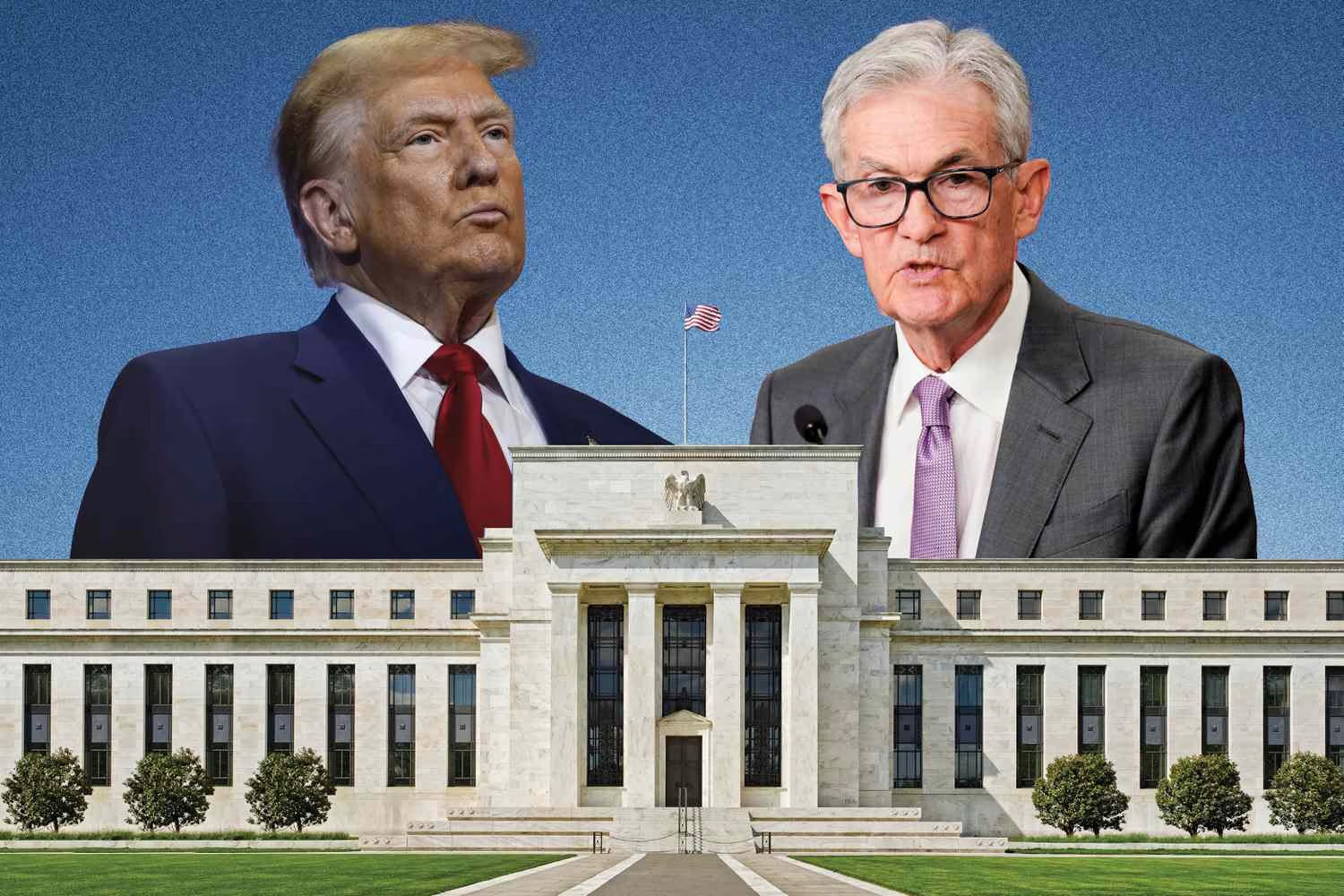Sam Altman, the CEO of OpenAI, has become one of the most influential figures in the tech world. With the rapid advancement of artificial intelligence tools like ChatGPT and DALL·E, his company is at the center of a global conversation about the future of technology, ethics, and power. But as OpenAI’s tools become more deeply embedded into our lives, questions are beginning to surface: What is Sam Altman’s true mission for OpenAI—and is there more going on behind the scenes?
1. A Public Mission with Private Influence
OpenAI was originally founded as a non-profit to ensure that artificial general intelligence (AGI) would benefit all of humanity. But since the launch of its for-profit arm, OpenAI LP, critics have questioned whether the company has shifted away from its original values. Sam Altman maintains that the organization is still aligned with its core mission, but some insiders suggest profit motives may be influencing strategic decisions.
2. Partnerships with Power
OpenAI’s close relationship with Microsoft, which has invested billions into the company, raises eyebrows. Through this partnership, Microsoft gains early access to OpenAI’s innovations—tools that could redefine global tech dominance. This close connection has led to concerns that AI development may be steered by corporate interests rather than public good.
3. Control of Intelligence Infrastructure
Altman’s vision of AGI isn’t just about smarter machines—it’s about reshaping industries, education, economics, and even governance. With OpenAI becoming a core infrastructure provider for many tech services, the company’s influence could grow far beyond traditional tech boundaries. Is this innovation—or centralization?
4. Altman’s Worldcoin Project
Separate from OpenAI, Sam Altman is also behind Worldcoin—a biometric crypto project aimed at creating a global financial and identity system using iris scans. While framed as a tool for financial inclusion, the idea of combining AI with biometric data raises privacy concerns and fuels speculation about a larger plan for digital identity control.
5. AI Safety vs. AI Dominance
Altman frequently discusses AI safety and alignment, calling for regulations and caution in AGI development. However, OpenAI’s rapid deployment of powerful tools contradicts this message for some observers. Is it caution—or a race to dominate the field?
6. Global AI Arms Race
Under Altman’s leadership, OpenAI has pushed the AI frontier forward faster than many expected. As nations scramble to develop or regulate their own AI capabilities, some believe OpenAI has quietly become a geopolitical force. Could Altman’s broader mission be to ensure the U.S. leads in global AI supremacy?
7. Transparency and Trust Issues
OpenAI’s shift from open-sourced tools to more closed systems has frustrated many in the tech community. What was once an organization praised for openness is now guarded, secretive, and strategically selective in what it shares.
8. Media Narrative Control
Sam Altman has been praised widely in media outlets, often being portrayed as a visionary. However, some critics argue that this polished image distracts from deeper issues about ethics, labor automation, surveillance, and unchecked innovation.
9. AGI: The Ultimate Power Tool
Whoever controls AGI potentially controls vast sectors of the economy and global decision-making. Altman’s long-term mission appears to be building AGI that can work safely with humanity—but who defines what’s “safe,” and who sets the rules?
10. A Mission That’s Still Unfolding
Is Sam Altman a visionary leader preparing humanity for the next chapter of technological evolution—or a gatekeeper to a future shaped by a few? While there’s no confirmed secret agenda, the opacity around decision-making, partnerships, and long-term goals leaves room for skepticism.
Conclusion
Sam Altman’s mission with OpenAI is ambitious, bold, and unprecedented. Whether it’s a quest for technological enlightenment or something more complex, only time will reveal the full story. One thing is clear: the choices made by Altman and OpenAI in the coming years will shape the world we live in.
















